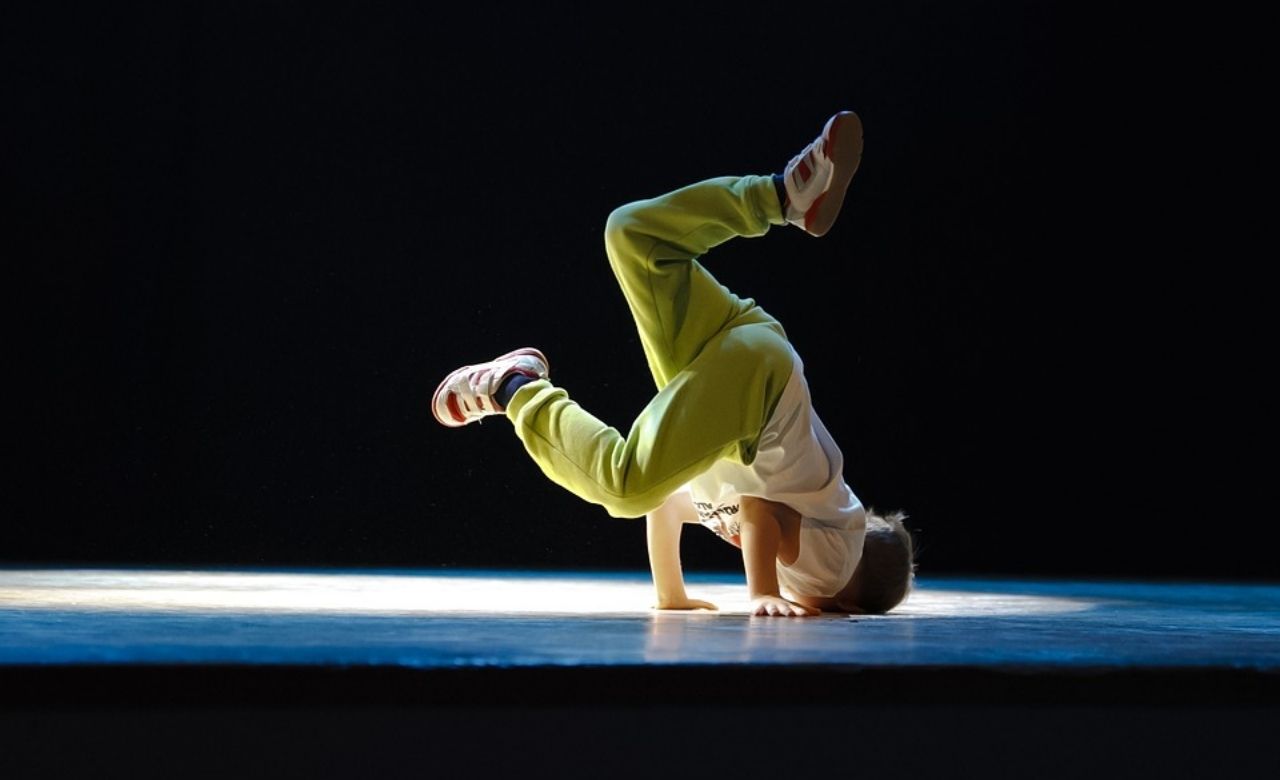
Nowadays, hip hop has perfectly integrated into mainstream culture. From the music to the art, and to the dancing, hip hop is practically everywhere. Some of the biggest celebrities and athletes of our time are influenced by it and we love them for it. We see it in our movies, watch it on our TVs, and even experience it in sporting or live events. Modern popular culture has held hip hop to such a high degree of fame, but what does it mean? When and where did it all start? Let’s find out.
History of the Culture
Hip hop started in the ‘70s and emerged as a counterculture. The setting was in the Bronx, a rough neighborhood, riddled with crime, violence, and poverty. The residents of the community, particularly the African Americans, felt institutionally marginalized and neglected. Looking for means to relieve their stress and anguish from the struggles of everyday life, they turned to art. In the process, they started getting credit for creating their very own art. These art forms were the embodiment of the way talked, dressed, moved, and every aspect of how they expressed themselves. It was essentially the manifestation of their lifestyle. Eventually, they coined this lifestyle as hip hop.

KRS-One, a famous rapper, defines hip hop as a movement that embodies the freedom to grow, learn, and evolve. It was the means of the marginalized African Americans of the Bronx to rise above their struggles and to turn away from violence. Deejaying, break dancing, Graffiti, and emceeing are the degrees of the art form that hip hop contains. The pioneers treated them as a haven, a sanctuary away from the hardships of their environment. KRS-One stresses that hip hop is still the same movement as it was in the ‘70s: a way for the youth to find motivation in seeking to better their lives.
Music and Dance of Hip Hop

Turntablism or deejaying was the beginning of the hip hop. The emergence of this music is attributed to DJ Kool Herc, known as The Father of Hip Hop. He used to host bloc parties up in the West Bronx, which is now known as the birthplace of hip hop. In these parties, typically held at 1520 Sedgwick Avenue, the community would dance to the music he played from his turntable. As the DJ, Kool Herc realized that the people would be most hyped during the instrumental, or breakbeat, parts of his songs. Soon, he composed ways to loop these funky-percussive instrumental sections of his songs, which would become an entirely new genre. By the tail end of the ‘70s, Emcees and DJs were pooling their investments to regularly create music this genre of music for the community.

The people that danced to the music of hip hop were called break boys and break girls. DJ Kool Herc coined them as such because they danced to his breakbeats. Eventually, this type of dance would be known as breakdancing. The dance incorporated steps from a standing position and dropping to the ground. They also incorporated spins and freezes, and even movements akin to mock-battle forms. Given that the Bronx was a melting pot of culture from different minority groups, the dance soon incorporated various degrees of movements and steps from Brazilian samba, Cuban mambo and rumba, salsa, jazz dance, and even some forms of martial arts such as Capoeira and Kung-Fu.
Soon enough, breakdancing became a culture in and of itself. Young and angsty members of the community would do dance battles instead of turning to violence. To the credit of the DJs and emcees, they made sure, as hosts, that partygoers were treated with respect and free to express themselves.
Photo Credits:
Cover Pixabay
Photo 1 Pexels
Photo 2 Pexels
Photo 3 Pexels

